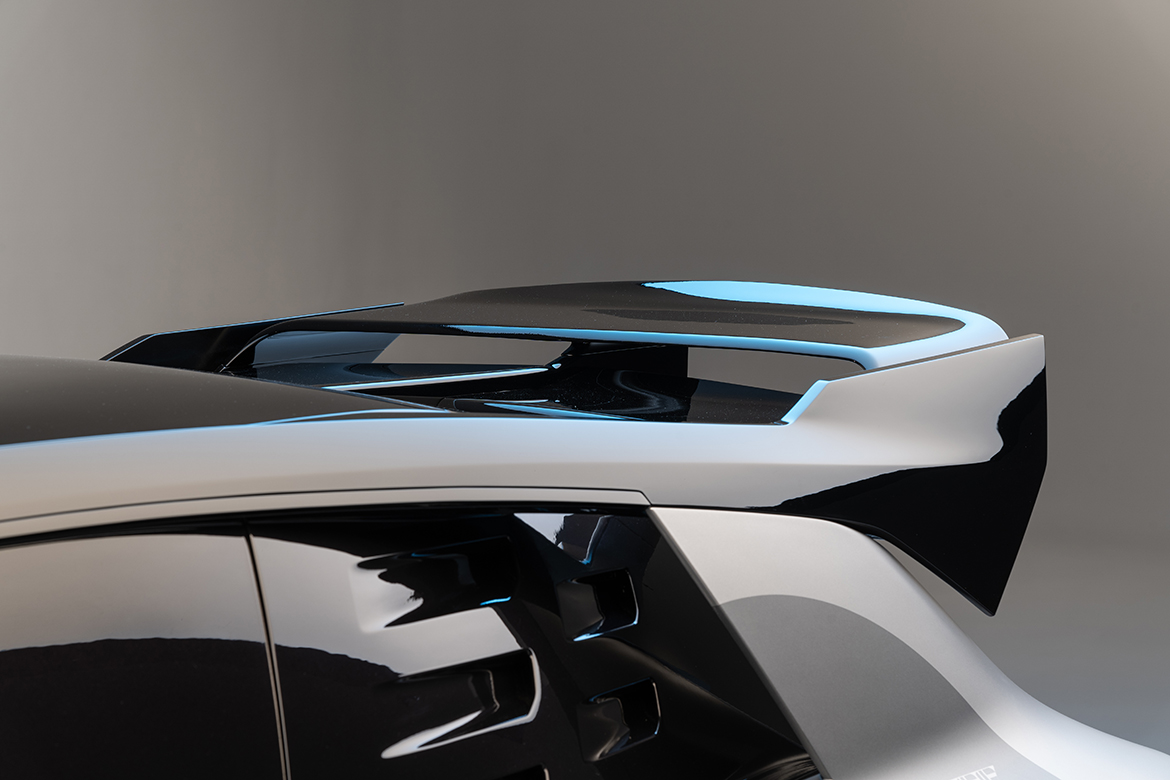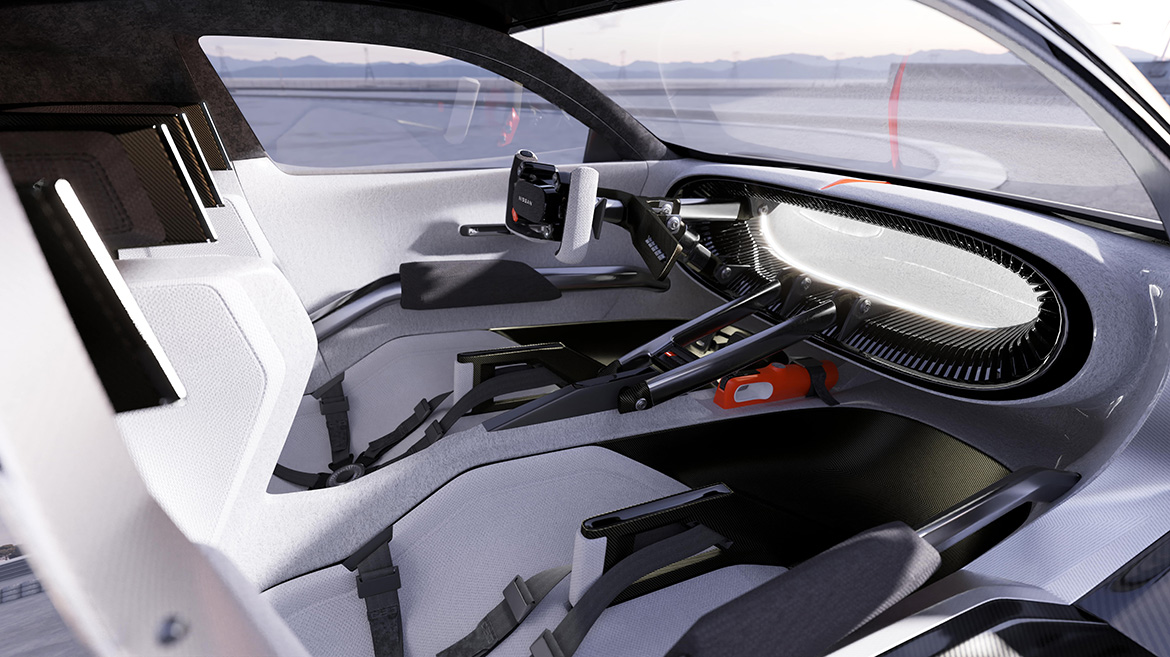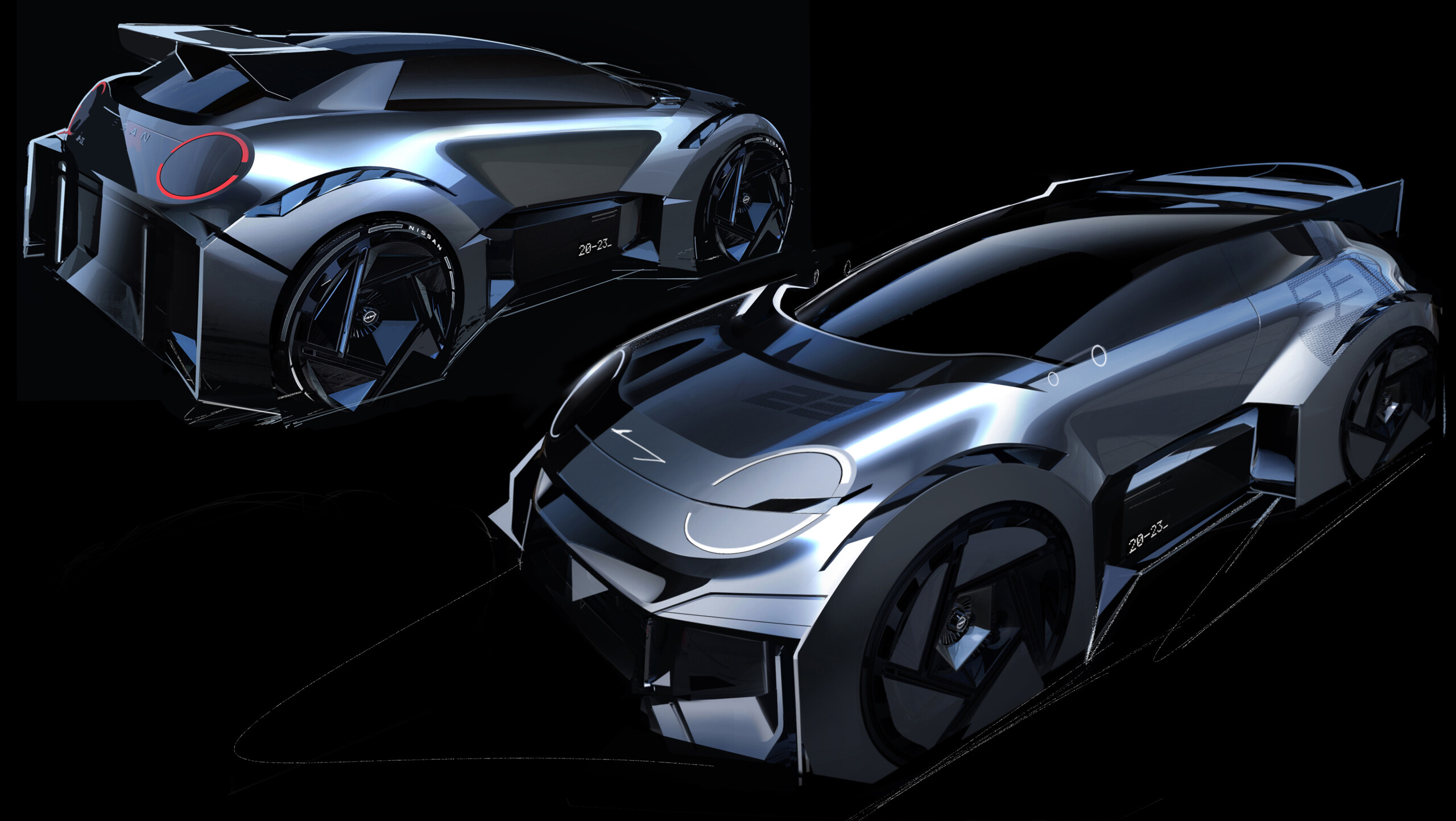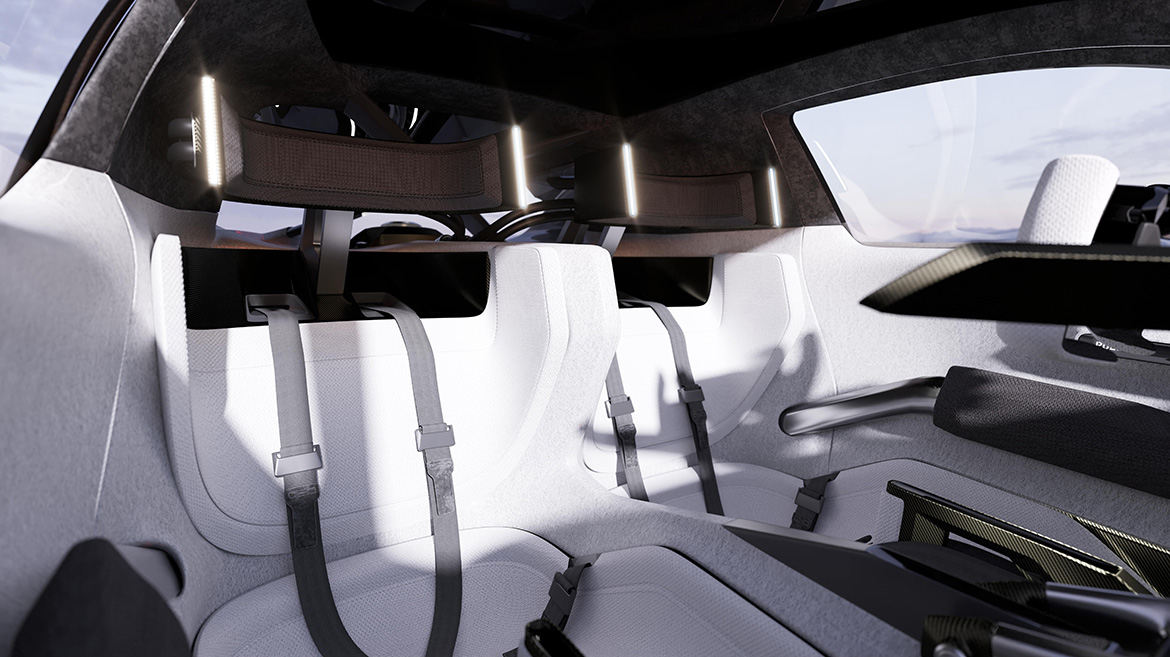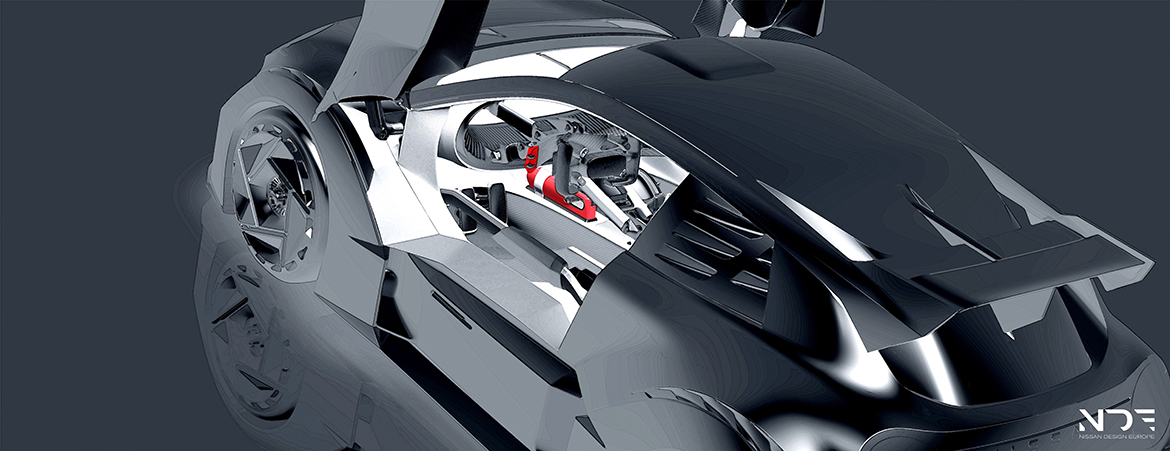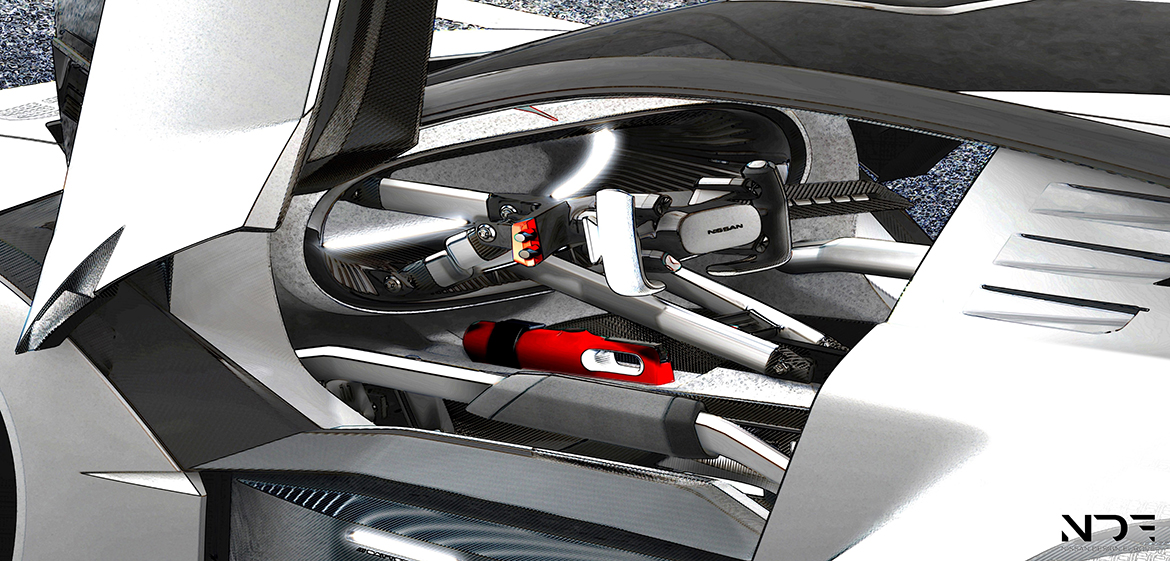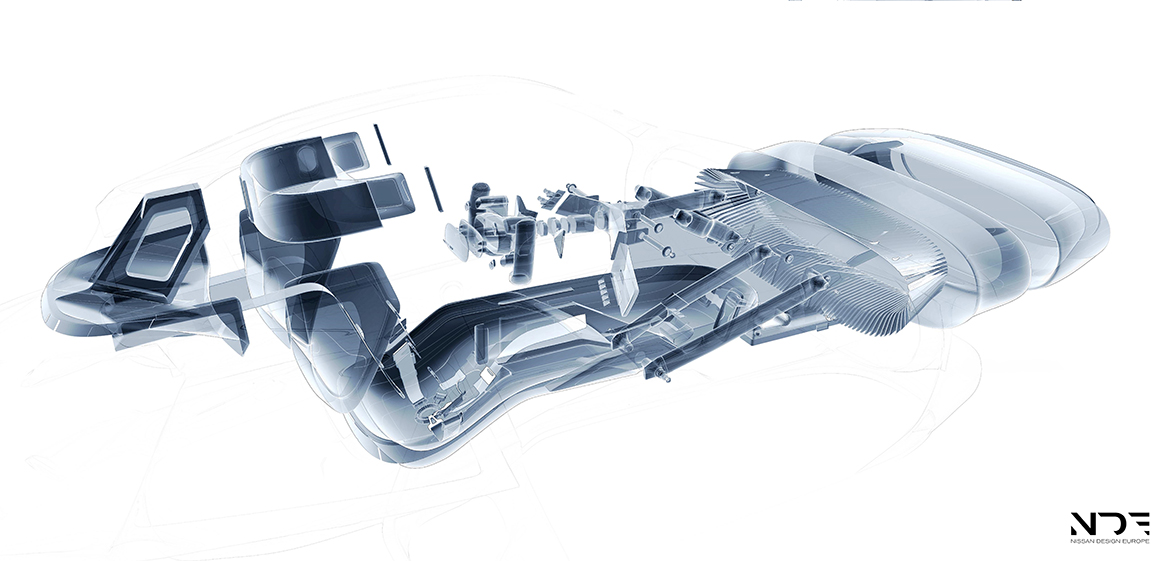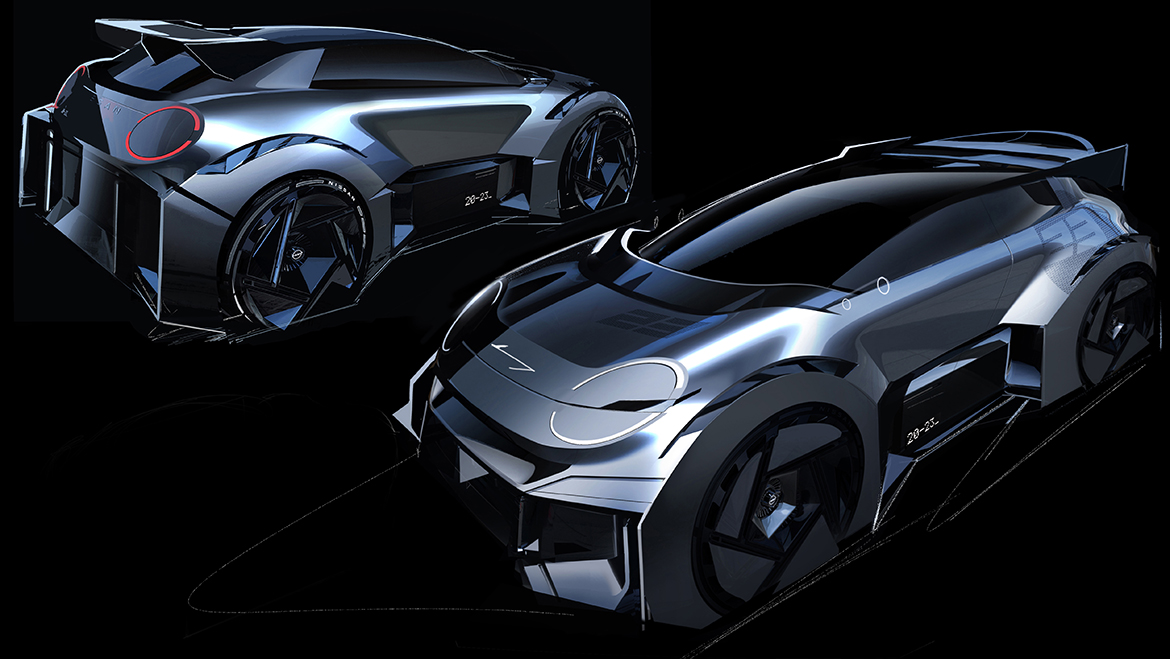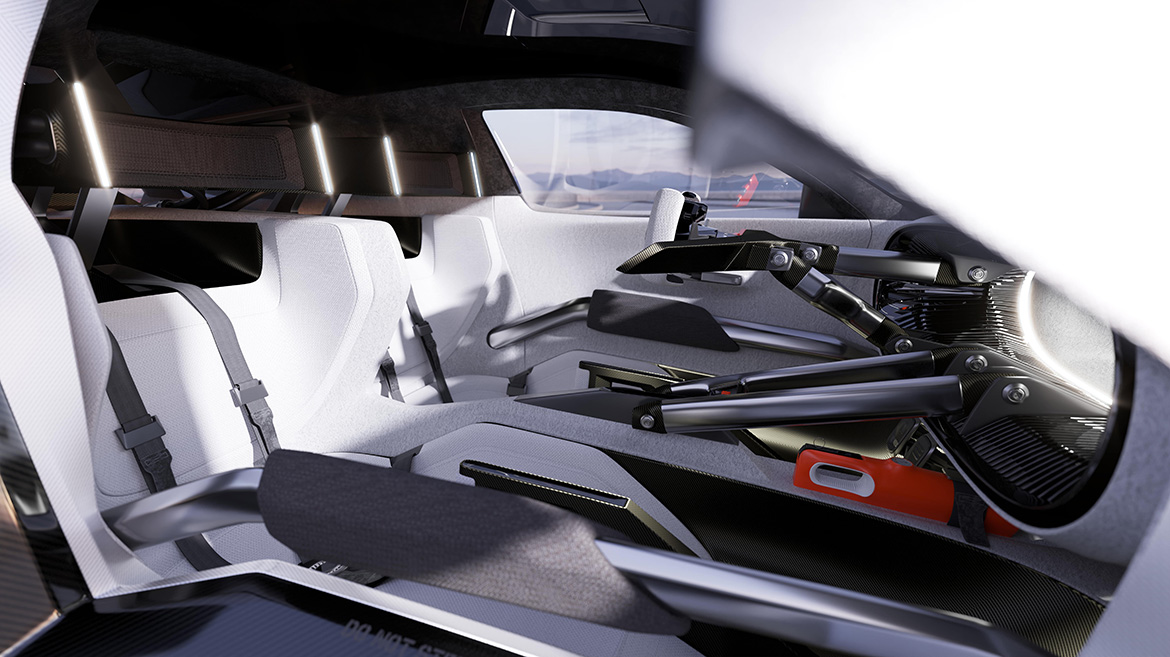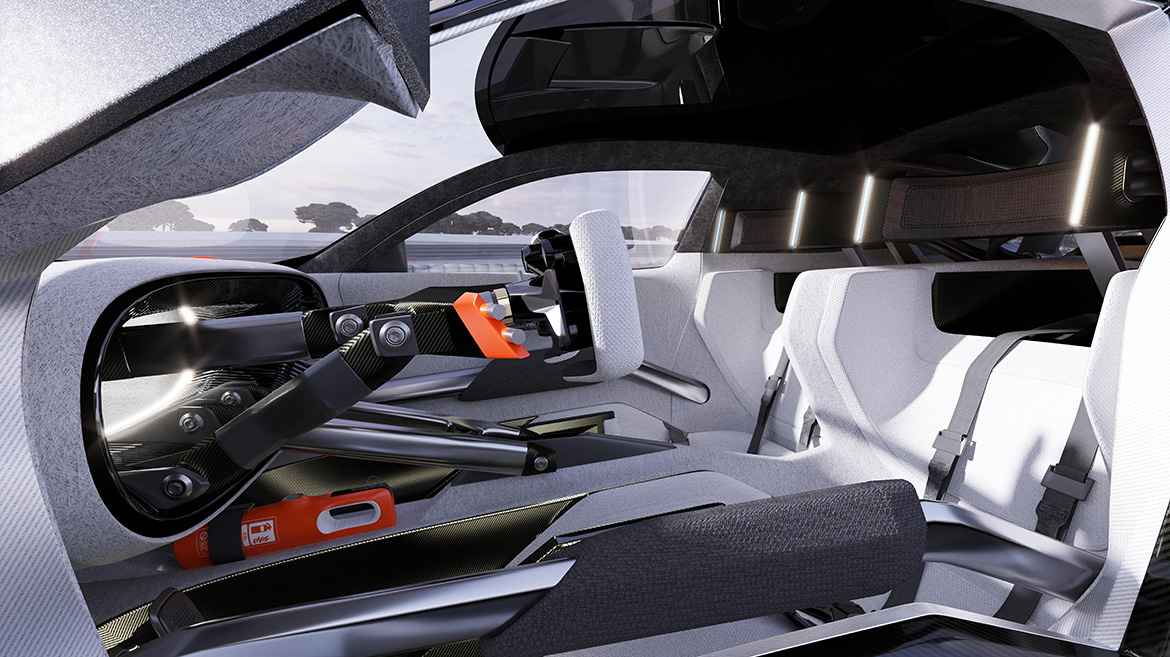Nissan was one of the first Asian car manufacturers to realise the importance of developing models for the European market directly in Europe, in order to better intercept the tastes of customers on the Old Continent. It was with this in mind that Nissan Design Europe was opened in 2003, a state-of-the-art facility in the heart of London that this year celebrates its first 20 years. Today, around 60 people from fifteen different countries work here, a mixture of cultures that allows for a broad approach to design. Some of the most important models in Nissan’s history, such as the Qashqai and Micra, were born in the European design centre.
Speaking of Micra, to mark the anniversary of Nissan Design Europe, the Japanese brand presented the 20-23, a brand new concept car that hides the future generation of the Micra behind its extreme lines, strongly inspired by the world of motor sport. “We wanted to create a concept car designed for young people”, declared Alfonso Albaisa, Senior Vice President of Global Design at Nissan, “which is why we chose a very young team, to be inspired by their tastes and needs. This is not just a styling exercise for us: many of the styling solutions of the 20-23 will soon be applied to other models in our range”.
The Nissan 20-23 is hence a bold concept car. Compact in size, it nevertheless sports generous track widths, accommodated by very rounded mudguards that make the model look bigger than it actually is. Standing out at the front are the large circular LED headlights, the shape of which is continued at the rear and creates a particular contrast with squared-off elements such as the front air intakes and the extractor at the rear.
But on the 20-23 the aesthetics is also functional: each body element is designed to fulfil a particular aerodynamic function. The C-pillars, for example, are detached from the rest of the bodywork, thus cleaning the air flows to the rear. Here, then, it is the large wing positioned above the rear window that dominates the scene, helping to increase the car’s downforce. The interior is minimalist, to keep the weight of the 20-23 down and help give continuity to the racing style of the exterior. Here, all the car’s functions can be controlled via buttons on the steering wheel reminiscent of an F1 car, while the wraparound seats ensure that the body holds up well even between the kerbs of a circuit. There’s no information, at the moment, on the powertrain. What we do know, however, is that it will be fully electric, as shown by the presence of the thin LED strip on the sides, which indicates the percentage of charge remaining in the battery.




